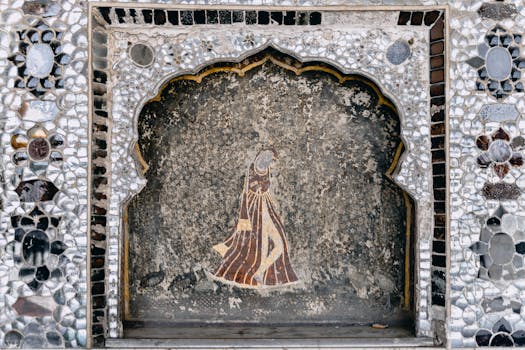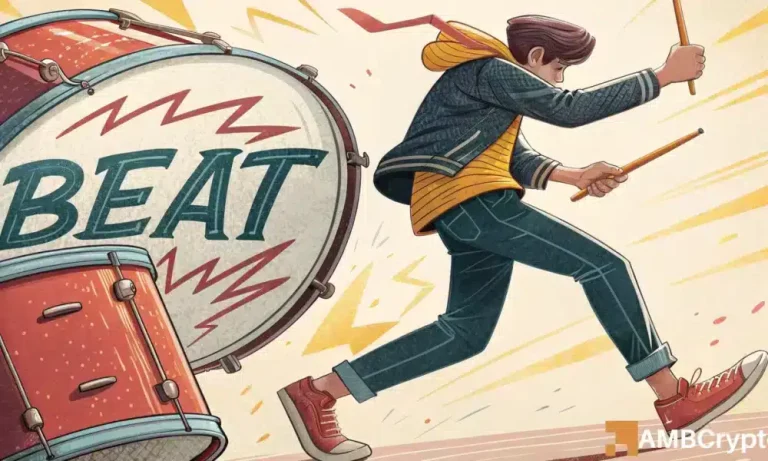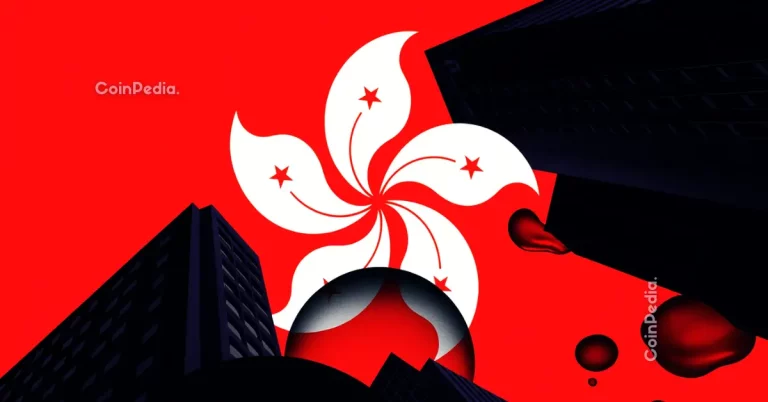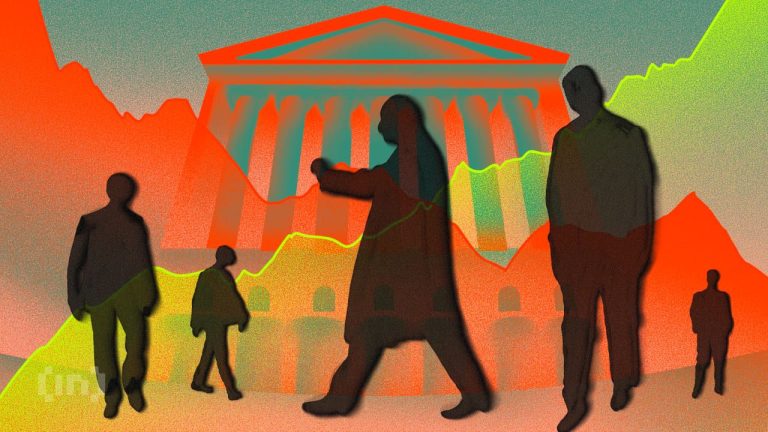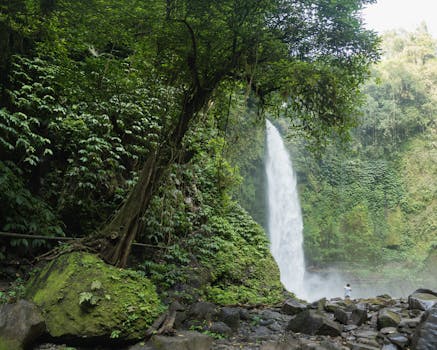
Photography as Art: The Evolution of Visual Storytelling
Takeaways: In this article, we explore how photography has evolved from a technical invention to a powerful medium of artistic expression. We discuss the transformation of visual storytelling through various genres of photography, the impact of technology, and the future of photography as an art form.
Throughout history, photography has played a crucial role in visual storytelling, capturing moments that evoke emotions and tell compelling narratives. From the early days of daguerreotypes to the age of digital photography, the medium has undergone significant transformations, allowing artists to express their visions in unique and powerful ways.
The Birth of Photography: A New Medium for Storytelling

As the technology evolved, so did the perception of photography. By the late 1800s and early 1900s, photographers like Alfred Stieglitz and Edward Weston began to advocate for photography as a legitimate art form. Stieglitz, in particular, played a critical role in showcasing photography in galleries and challenging the public’s perception of it as just a mechanical process. His work emphasized the artistic potential of the medium, capturing not just images but also emotions and narratives.
The Golden Age of Photography: Artistic Expression and Innovation
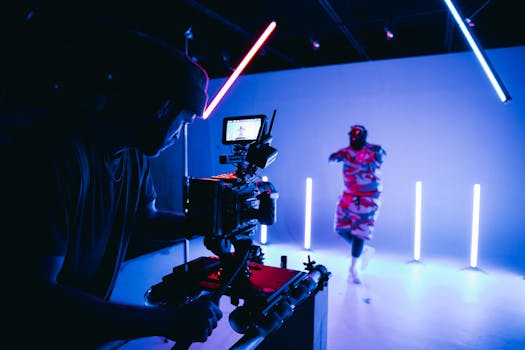
During this period, the concept of the decisive moment, popularized by Cartier-Bresson, emphasized the importance of timing in photography. This idea further solidified photography’s role in visual storytelling, as photographers began to focus on capturing fleeting moments that conveyed powerful messages.
The rise of photojournalism also contributed to the evolution of photography as an art form. The ability to document real-life events and present them to a global audience transformed how stories were told. Photographers became visual historians, using their work to inform and provoke thought about societal issues.
The Digital Revolution: Redefining Photography

As photography became more ubiquitous, artists began to experiment with new forms of expression. Techniques like photo manipulation, digital collages, and mixed media challenged traditional notions of photography and expanded its boundaries. Artists like Cindy Sherman and Andreas Gursky pushed the envelope, using photography to explore identity, consumerism, and the complexities of modern life.
Moreover, social media platforms have transformed how photographers share their work and engage with audiences. Instagram, in particular, has become a vital space for visual storytelling, allowing photographers to build personal brands and connect with followers worldwide. This shift has created new opportunities for storytelling, enabling photographers to reach diverse audiences and convey their messages effectively.
The Future of Photography as Art

Despite these changes, the core of photography as an art form remains its ability to tell stories and evoke emotions. Today’s photographers are not only skilled technicians but also creative storytellers who use their work to reflect on society, challenge norms, and inspire change.
Conclusion
